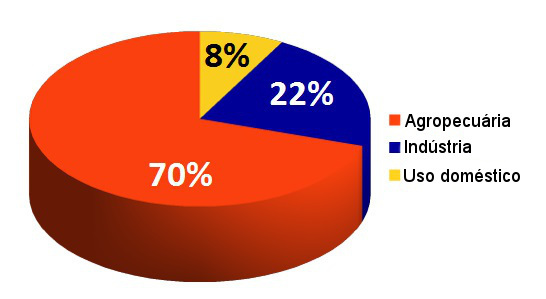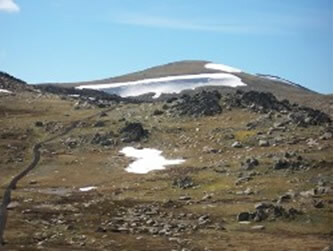Planet Earth is largely composed of water on its surface. About 71% of the entire surface area of our planet is formed by this natural resource, which is distributed in nature in its solid (ice), liquid and gaseous (steam and moisture) states.It is important not only for consumption, but it also serves as a home for countless species and interferes with the climate and dynamics of living beings distributed over the planet.
The big issue with water today is its availability in potable form, suitable for use and consumption. After all, of all the water on the planet, 97% is in the oceans in the form of salt water, unfit for consumption, 2% is in the Arctic and Antarctic glaciers, and 1% is in fresh water, disposed in rivers, lakes, dams, groundwater, air humidity, among others.
Due to these limitations and the possibility of reducing the availability of water in some areas of the planet because of its misuse, there are many concerns about preserving this resource. Thus, there is a lot of talk about reducing the use of it on a daily basis, in order to avoid waste. But what are the activities that consume the most water? Is just reducing domestic consumption of this natural resource enough?
According to the Food and Agriculture Organization of the United Nations (FAO), the activity that consumes the most water is farming. Alone, this sector is responsible for 70% of the water used by human beings, followed by industry, with 22%, and, finally, domestic use, with 8%.

Use of water in the world according to different types of activities
Save water on a daily basis - although something still much important – it is not the only action we can take to conserve our planet's water reserves. It is necessary to encourage the use of irrigation techniques that conserve water, such as drip, in which machines Specific only distribute the amount of likes necessary for the survival of the vegetable that is being cultivated.
In addition, soil conservation is important because, during the rains, the soil without vegetation undergoes erosion, taking soil to the rivers, which are silted up and, at times, rendered useless. In other cases, the use of pesticides in excess causes part of the liquids used to “drain” into waterways through rain, polluting the rivers and rendering them unusable.
In industries, it is also necessary to adopt conservation measures. Depending on the product or merchandise being produced, it is even possible to reuse water and also prevent tailings and emitted pollutants from reaching the rivers. As a result, water availability may no longer be a problem for the future.
What we can see, therefore, is that if society as a whole unites and adopts joint positions in the fight against excessive consumption from water and the degradation of water resources, water will always be available, without causing any harm to generations future.
By Me. Rodolfo Alves Pena


